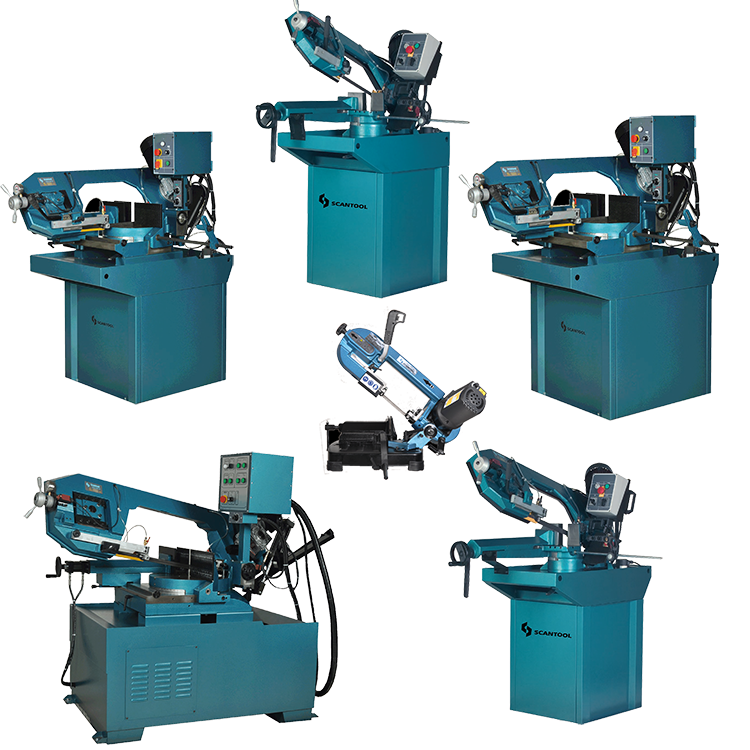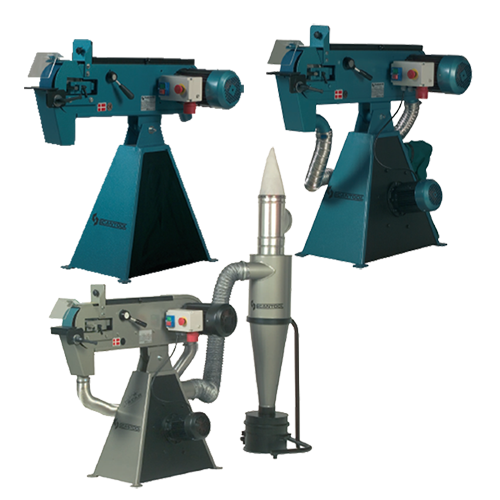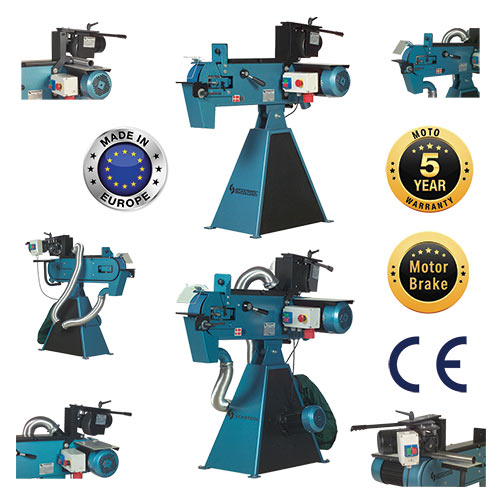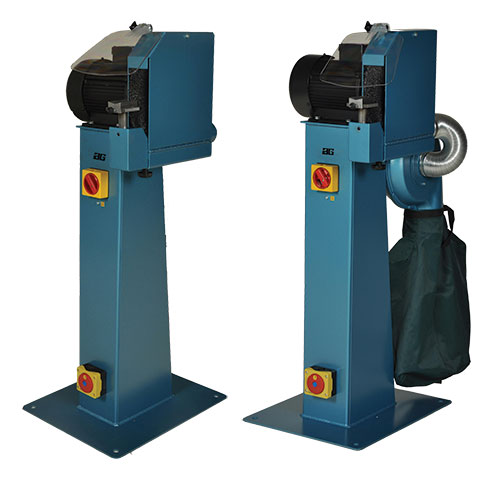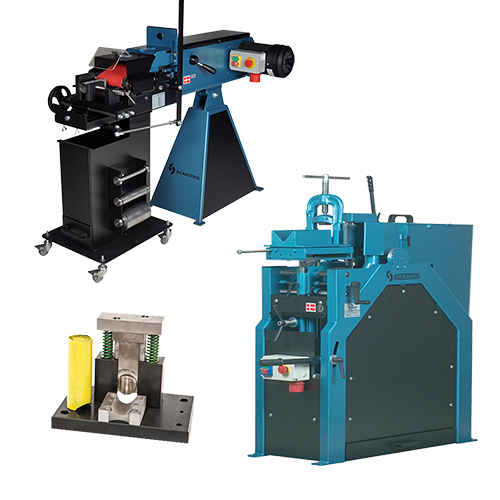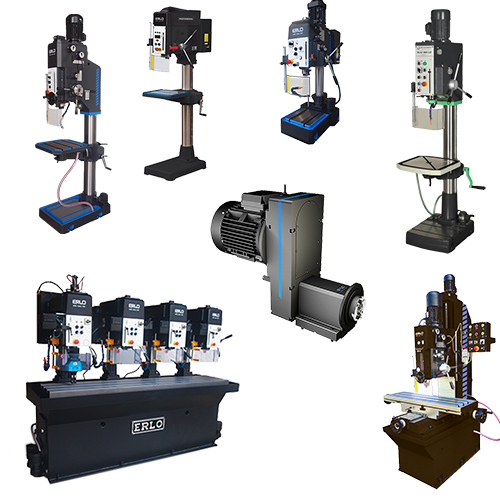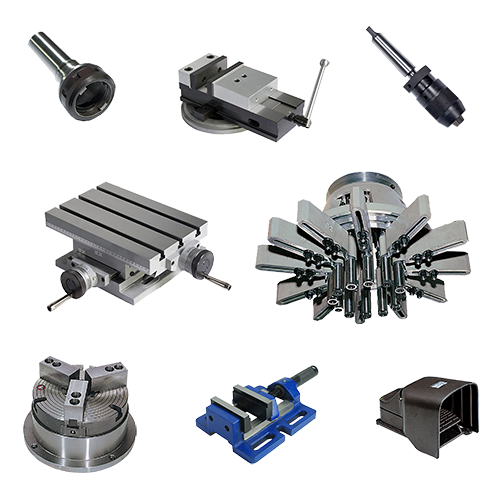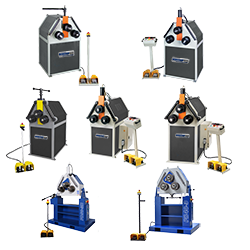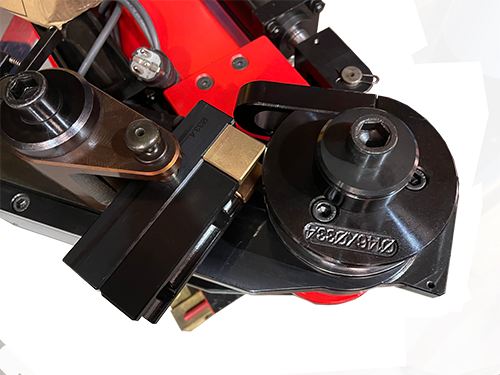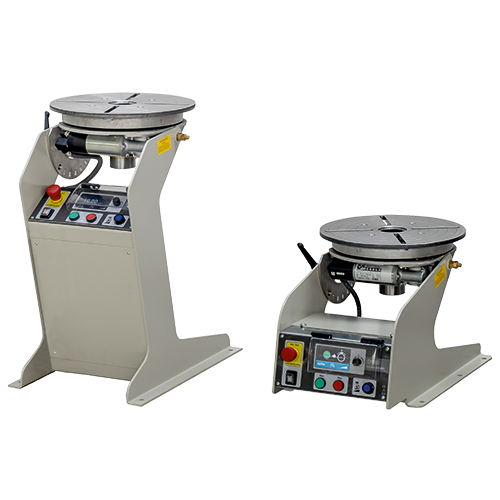Summary. Downtime in a metal forming facility leads to significant financial losses through direct and indirect costs. Effective strategies like preventive maintenance, technological integration, and training are essential to mitigate these impacts and ensure operational efficiency.
Understanding and Calculating Downtime Costs
In the manufacturing realm, downtime is not merely an operational inconvenience—it translates directly into significant financial loss. Both direct and indirect costs contribute to the overall impact, necessitating a thorough understanding and strategic approach to mitigate these expenses effectively for your metal forming facility.
Direct Costs: Immediate Financial Implications
When production hydraulic metal presses in an industrial metal pressing facility are not operational, the impact on business and cashflow is immediately apparent:
- Lost Production Output: Every idle minute means lost revenue as fewer units are produced. This downtime directly diminishes production volume and impacts the revenue generation capabilities of the firm.
- Material Waste: Materials processed or ready for production which remain unused due to a halt, especially if partially completed work becomes scrap, represent a direct financial drain.
- Labour Inefficiency: Staff costs accrue regardless of output, making idle time a significant expense.
- Expedited Operational Costs: Urgent repairs often require fast-tracked part deliveries and premium technical service, which dramatically increase repair costs.
Indirect Costs: Long-Term Financial Impact
The ripple effects of downtime extend beyond immediate financial losses:
- Customer Dissatisfaction: Delays can lead to customer dissatisfaction, jeopardising future sales and potentially damaging long-standing relationships.
- Increased Labour Costs: Overtime may be necessary to catch up on production targets, thereby inflating operational costs and compressing profit margins.
- Brand Reputation: Frequent downtimes can tarnish a company’s reputation, making it difficult to attract new business and retain existing customers.
Formula for Calculating Total Downtime Costs
To encapsulate the comprehensive costs associated with downtime, a more nuanced formula is necessary:
Cdt=(Phv×Lhc×Ohc)×Dt+(Rlr+Rfr)
Where:
- Cdt = Comprehensive Downtime Impact
- Phv = Hourly Output Loss Value
- Lhc = Hourly Workforce Expense
- Ohc = Hourly Operational Expense
- Dt = Downtime Duration
- Rlr = Recurring Earnings Disruption
- Rfr = Projected Revenue Decline from Negatively Impacted Relationships
Proactive Downtime Reduction Strategies
Preventive and Predictive Maintenance:
Regular and predictive maintenance schedules can substantially reduce the likelihood of unforeseen machine failures. For instance, our PPCM-250 250 Ton Hydraulic C-Frame Press includes features such as double-acting main cylinders and chromed piston guides designed to minimise wear and extend life expectancy.
Technological Integration:
Leveraging technologies like IoT for real-time monitoring allows predictive maintenance and immediate troubleshooting, which are critical in preempting potential failures.
Training and Skills Enhancement:
Ensuring that all operators are proficient with the machinery and its maintenance requirements can significantly reduce operator-induced errors and machine misuse.
Conclusion
At The Workshop Press Company UK, we are committed to not only reducing manufacturing downtime but also ensuring it impacts your operations minimally. We achieve this through stringent quality control and by offering only top-quality machinery, crafted from premium components and materials. We build each hydraulic press to endure demanding manufacturing environments and significantly reduce downtime, whether for small batch or long-run production.
Our hydraulic metal presses are designed for optimal metal forming efficiency and reliability. We integrate sophisticated systems that facilitate both on-site and remote diagnostics by customer technicians followed by our factory experts, ensuring any issues are promptly and accurately identified and resolved. This approach not only speeds up recovery times but also enhances the overall maintenance process, allowing for smoother operations and sustained productivity.


